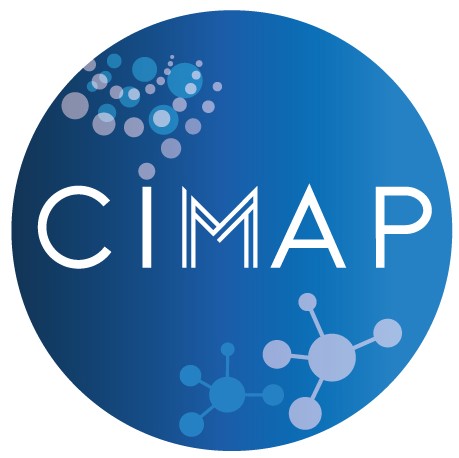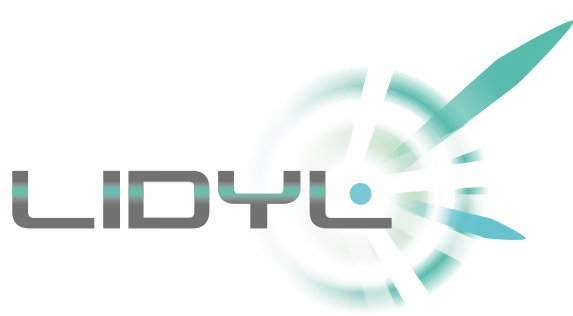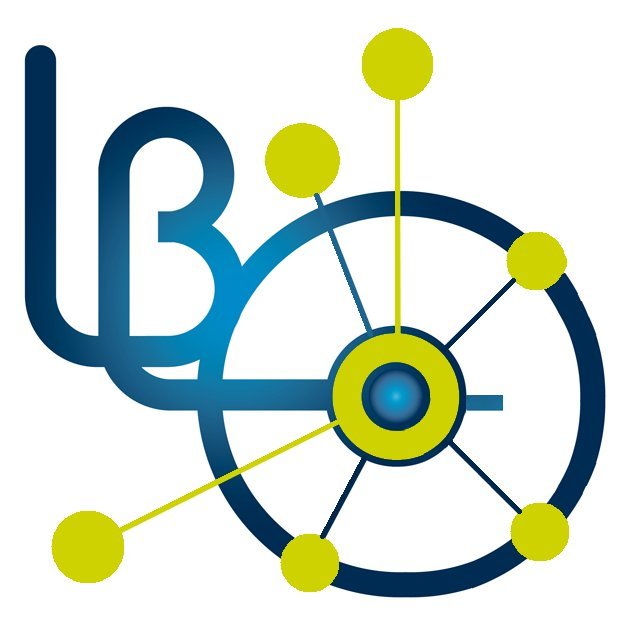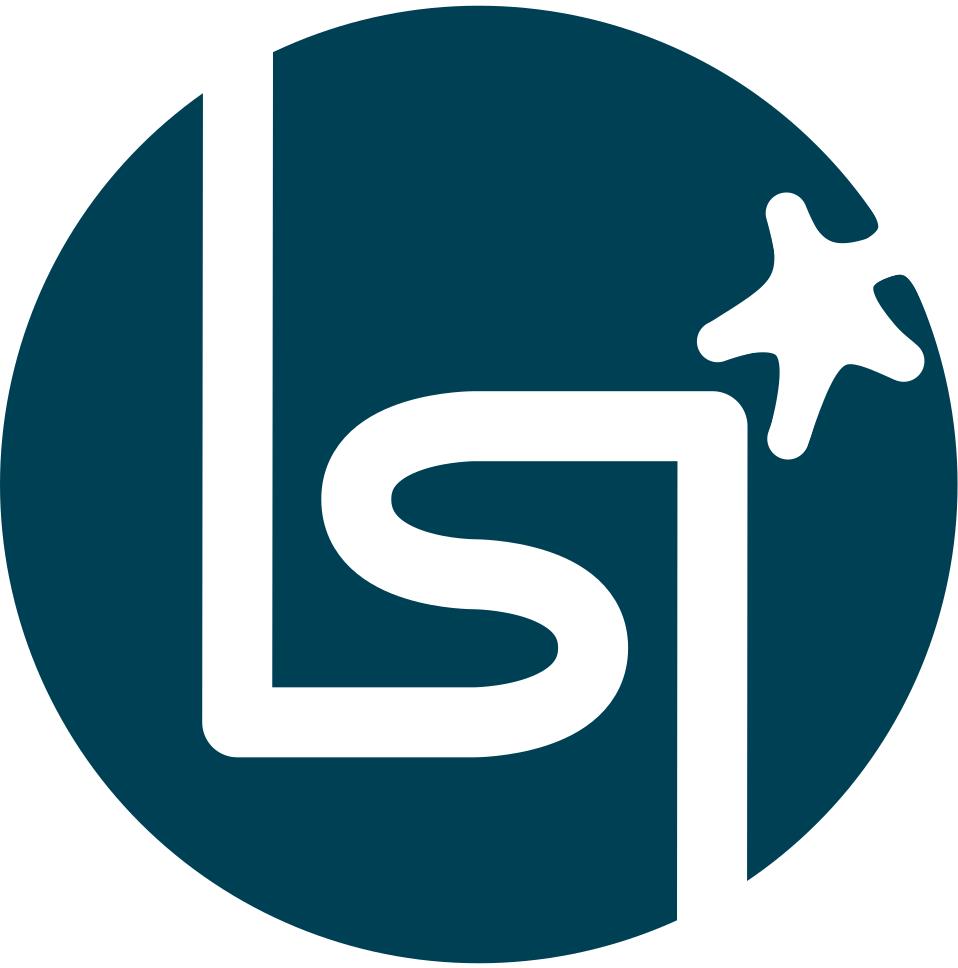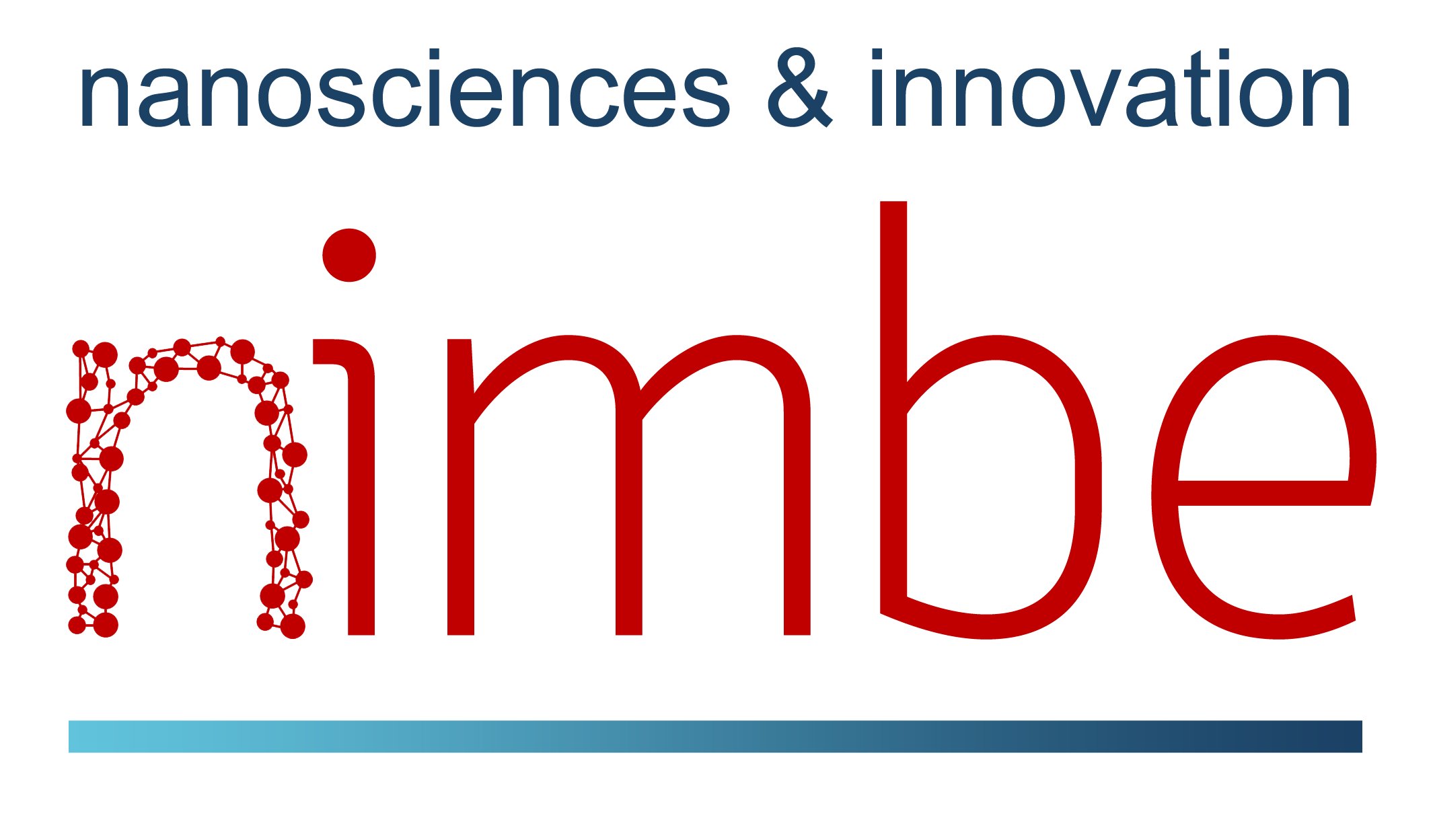

The specificity of the group is the use of high-performing time-resolved spectroscopy. DNA and its constituents are fragile systems so particular care is taken with regards to excitation energy and sample handling.
Time-resolved fluorescence (fluorescence decays, fluorescence anisotropy decays and time-resolved fluorescence spectra) can be recorded from 100 fs to 100 ns using a combination of two detection techniques; fluorescence upconversion and time-correlated single photon counting. An important asset is the use as the same excitation source (a femtosecond titanium:sapphire laser) in both cases.
Nanosecond flash photolysis allows the monitoring of transient states and species from 10 ns to 100 ms. A specific features of our setup is the detection of weak signals (10-4 en absorbance).
• 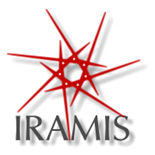 Physics and chemistry for life sciences and the environment › Physics and life
Physics and chemistry for life sciences and the environment › Physics and life
•  Institut Rayonnement Matière de Saclay • Interactions, Dynamics and Lasers Laboratory (LIDYL) - CEA-CNRS and Paris Saclay University • Laboratoire Interactions, Dynamiques et Lasers (LIDYL) - CEA-CNRS et Université Paris Saclay • Service des Photons Atomes et Molécules • Service des Photons Atomes et Molécules
Institut Rayonnement Matière de Saclay • Interactions, Dynamics and Lasers Laboratory (LIDYL) - CEA-CNRS and Paris Saclay University • Laboratoire Interactions, Dynamiques et Lasers (LIDYL) - CEA-CNRS et Université Paris Saclay • Service des Photons Atomes et Molécules • Service des Photons Atomes et Molécules
• Dynamics and Interactions in Condensed phase • Laboratoire Francis Perrin • Dynamique et Interactions en phase Condensée • Laboratoire Francis Perrin

